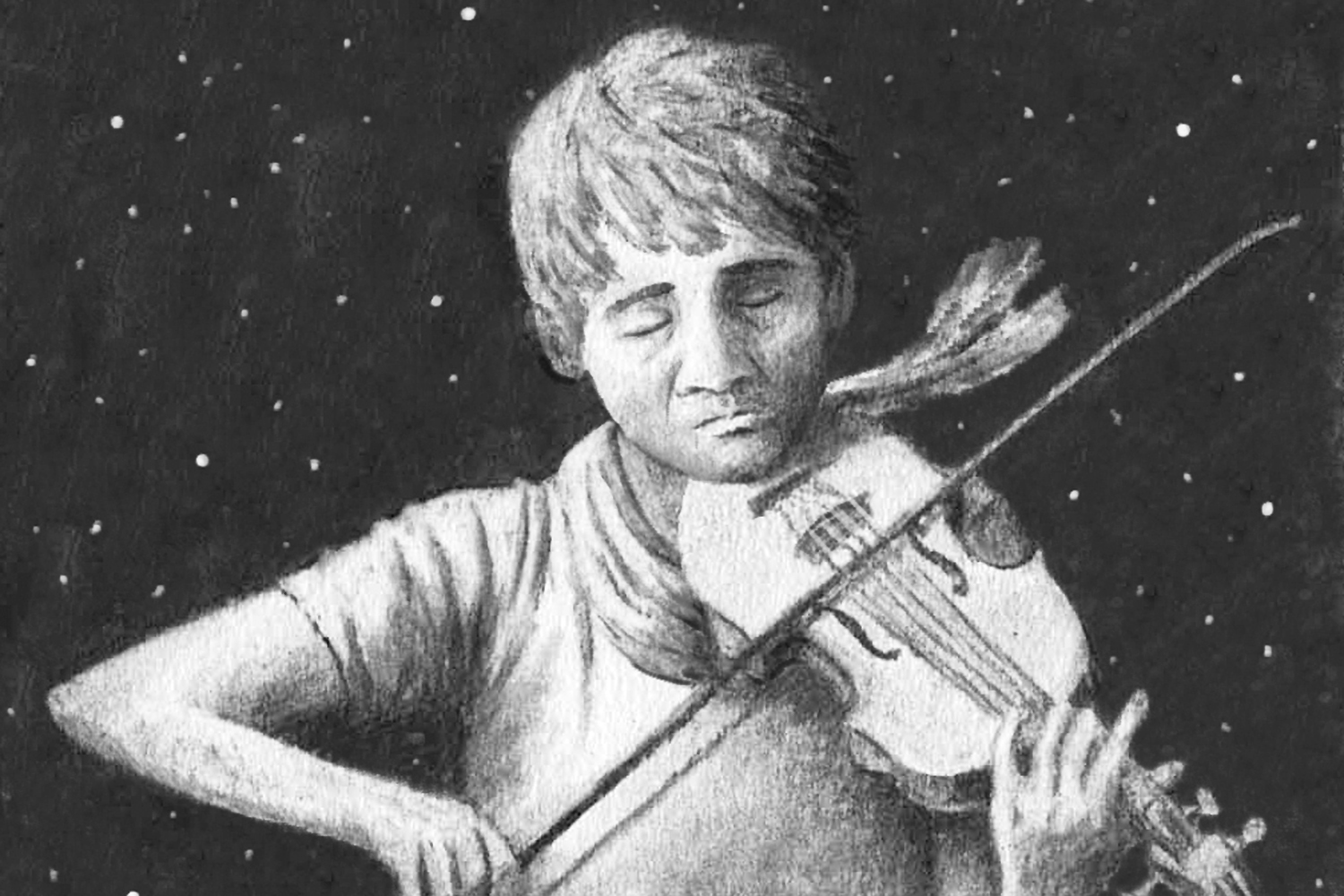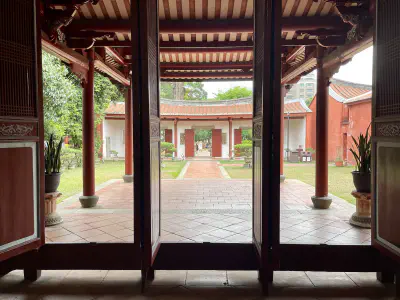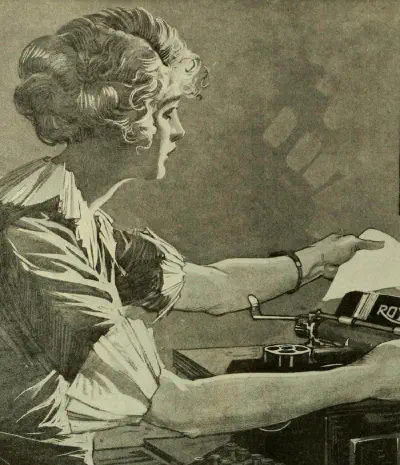Last year, I was invited by friends at Indigo Seowon in Busan, Korea, to attend a book festival for young readers. I was asked to talk about A Story Like the Wind by Gill Lewis, and to write something for Indigo’s magazine. The essay below was published in Indigo+ing magazine vol. 84.
A group of refugees huddles in a small boat, far from land. The boat is thin, inadequate. But it is all they have, or all they are permitted to have. So they have put out to sea, in search of the chance of some kind of future. Somewhere mid-journey, their engine splutters and cuts out, and the refugees are stranded. There, under the vastness of the night sky, they do not know if they will see land again. And because the night is cold, the wind biting, and the future unknowable, the travellers take refuge in the only things they have to hand: in their care and solicitude for each other, in music, in the stories and experiences they have to share.
This is the opening of Gill Lewis’s _A Story Like the Wind._ This book, which I know you have all read, is startling, beautiful and unsettling. It is a book for a restless world. And although, reading this book, we know that this is a story, we also know that somewhere in the world, this, or something very like it, is happening here and now. There are people like ourselves — people with their own histories, their own stories, their own lives that matter to them as much as our lives do to us — on the move, crossing borders, seeking safety, and along the way, sharing stories, and finding what comfort they can, in this struggle and huddle for existence that we call human life.
I have been asked to talk about believing in things unseen, about how the written word shows us what is invisible, and how it allows unheard voices to speak. And in one obvious sense, Lewis’s book is a book about these very stories: stories that bring to light the humanity of those whose humanity is so often denied. But there is another sense in which Lewis’s book is worth reading, and worth reflecting on, because this is a story that brings to light things that we often miss about the art of storytelling itself, a story that casts us adrift from our usual certainties and makes the world strange and unfamiliar.
The story that Lewis’s book tells is a double one. In the framing story, a group of strangers huddles in a boat far out at sea. They are, Lewis tells us, “bound together, floating across time and space, to the promise of a safe harbour of a different world.” The outboard engine has cut out, and this journey that they had hoped would be over soon is now suspended. The wind and the waves make the boat spin, under the moonlit sky. And caught in this strange in-between, the passengers at last start to introduce themselves to each other, to share the food they have brought, to talk about how they have ended up here, in this boat. Then one of the passengers, a boy called Rami, takes out a violin. And because the night is long, and the darkness is great, he begins to play and to sing.
This framing story is a story of multiple uncertainties, a tale in which everything exists in some kind of in-between state. It is a story of people who find themselves caught between the past and the future, between light and darkness, between hope and fear, between sky and sea, and between shore and shore. It is a tale made up of multiple equivocations and hesitations.
The story that Rami tells is the second story in Lewis’s book, the innermost story. In comparison with the outer story, it may seem like a simple affair, simplistic even. It is a Mongolian tale about a boy and a horse. It is a Mongolian folk tale, and as with all folk tales, it is not quite a story about the world in which we live. Instead, some of the complexities of the world have been sifted out, as if in this way we might see things more clearly. The story Rami tells is told, quite literally, in black and white. On the one hand, there is a white stallion, a horse that seems in its very being to bring together nobility and goodness, virtue and beauty. On the other hand, there is a Black Lord, whose cruelty is unending. Like many stories — perhaps all of them — this story is, in part, a thought experiment. It is a hypothesis about the world, or about a possible world.
For me, reading Lewis’s book — as perhaps for you as well — this double storytelling raised multiple questions. How do these two stories relate? Why — here and now, in the middle of the sea — does the Rami tell this particular story? Why do his fellow travellers listen? Why don’t they tell him to shut up, or simply change the subject? What does Rami’s story tell the huddled migrants? What does Lewis’s story tell us? What is it bearing witness to?
But here, we need to acknowledge that there is a third layer of the storytelling, one that goes beyond the page, that exists outside of the book, but with which the book is in constant dialogue. And this third story is the story of us — readers who, at a particular time or particular place, are sitting down to read Lewis’s tale. Because stories are not just literary artefacts that we can analyse with the sharply honed tools of criticism. They are also tales that are told to others, like ourselves, who have lives, and experiences, and hopes, and aspirations, and troubles and joys of their own. Here, I think of the opening of Calvino’s If On a Winter’s Night a Traveller, where Calvino addresses the reader direct,
You are about to begin reading Italo Calvino’s new novel, If on a winter’s night a traveler. Relax. Concentrate. Dispel every other thought. Let the world around you fade…
For each of us, this third story will be different. For myself, I first read the book on a flight from my hometown of Dundee to London, my forehead leaning against the window of the plane, watching the propellors cut the air. I was on a visit home because I too am a migrant of sorts, coming originally from the UK, but living in Taiwan, for reasons that are a complex tangle of the personal, philosophical, political and economic. So as I read Lewis’s book, I was thinking about my own sense of home and displacement, my own restless movement across the face of this earth.
So when we launch ourselves into the world of Lewis’s storytelling, what things — both seen and unseen — do we discover? What does this story tell us? To answer this question, perhaps we can enlist the help of the philosopher Emmanuel Levinas, who made a distinction between the “saying” and the “said”, or between what might be called, clumsily, testimony and what might be called information. Stories are packed with information. They tell us many things. This is one reason we pay attention to them, one reason we care about them.
Since as long as stories have existed, they have been a way of passing on information. It’s why we tell stories about our friends, our family-members, our colleagues and our neighbours, letting people know what is happening at home, or in our workplace, or our apartment block, or in the city centre, or in the next-door village, or in the corridors of power. But the informational content of storytelling is a complex thing, something over which we never quite have full mastery. When we tell stories, information always slides — whether we like it or not — into something closer to testimony. But what is testimony? Here, we face difficulties. How do you talk about the saying without reducing it to the said? How do you testify to testimony, without reducing it to information?
So if pressed to talk about testimony, which seems essential to storytelling, I nevertheless feel as if I am grasping myself towards something not quite fully seen and not quite fully in reach. Let me make a few attempts, however inadequate. Testimony is that need to speak, even if we don’t know quite what we are saying, or why. Or it is the way that in speaking, our meaning both overflows and falls short of that which we intend, leaving us with the sense that we have both said too much and not enough. Or it is the way that we glimpse human language not just as a bearer of information, but instead as a perpetual coming-in-being of human community. And perhaps, to be a good storyteller, we have to give up a bit of this mastery over the information we are imparting so that we can allow our storytelling to testify. Telling a good story requires a fundamental openness, making storytelling quite unlike passing on sets of instructions for how to live. And this makes stories more anarchic than the moralists might wish. Once we start telling stories, they tend to get mixed up with other stories (our own included). They coil about each other, or they nest themselves like in a hall of mirrors, or they give rise to further, as yet unimagined, stories. Stories, as the Sanskritist and storytelling scholar Wendy Doniger puts it, are like rivers “whose fish keep jumping out.” This is why moralists like to stick a sentence at the end of their stories, saying: and the moral is… Because the fear is always that the reader, being anarchic and being tangled up in unruly stories of their own, may extract precisely the wrong kind of moral. And where might this leave us?
Stories are not boats that can ferry us from the confusion and bewilderment of real life to the dry land of moral certainty. And this is certainly true of Lewis’s storytelling. Because at the end of her book, it appears that nothing has changed. The migrants are still all at sea. The outboard engine is still broken. The threat of death is still there. We have begun the story on this fragile boat, with a group of refugees, hoping very much that they will live. Along with Rami and his companions, we have passed through several stories, even travelling as far as Mongolia, or at least an imagined Mongolia, a world of Black Lords and White Stallions. But finally, just as Rami’s music falls silent, we realise that we have landed back in the boat where we started. But this is the very thing that makes Lewis’s storytelling so very potent. After finishing the book, it has continued to nag at me, to pull at me, like the ebb and flow of the tide, like the wind buffeting the travellers’ boat. And although at first it seems, by the end of this journey, that we are back where we started, we are not. Instead, something has happened. Something has changed. Something has taken place. What is the essence of storytelling, if not this: something has to happen? The story is a passage of sorts, but it is not a passage to the dry land of certainty, despite the passing hope — with all those White Stallions and Dark Lords — that the world might be a simple place. Instead, we have journeyed from one set of uncertainties to a new set of uncertainties. And the story ends, as all stories must — our own story included — in the middle.
By the final page, we are still where we started out, in the middle of the sea. But we are also somewhere very different from where we started, because nothing in the world is ever repeated, or not exactly. And at the end, we glimpse the thought that this, precisely, is our predicament, this is where we are: we are in a small boat, tossed by forces we cannot understand and even less control, far from certainty. We are still, as always, “In a small boat / with a small hope / in a rising wind / on a rising sea.
It is with this idea of “small hope” that I want to end. Perhaps small hope seems feeble, somehow not enough. We might find ourselves asking: Is this all we have? Perhaps it is. But small hope is not to be dismissed. It is true, perhaps, that being small, this hope does not overcome the darkness, the wind and the waves. Nor does it offer any guarantees, or promise a safe harbour. But in this small hope, sustained by our stories and our songs, our community and our togetherness, there is the glimpse of something else: the knowledge that precisely here — on endless ocean, on this turbulent sea, in this passage from one uncertainty to another — is where we find the possibility of home.
Image: Rami with his Violin: an illustration by Jo Weaver from A Story Like the Wind.
I’ve written about this question of ethics far from sight of dry land in Finding Our Sea Legs.


